What are the Types of Exercise Calendar?
- Basic Calendar: The most straightforward type of workout calendar is a basic calendar that allows you to write down your daily workouts and activities. This type of calendar is simple and easy to use, making it ideal for beginners or those who prefer a more minimalist approach to tracking their exercise routine. Using a basic calendar, you can easily plan out your workouts for the week ahead, set specific goals for each day, and track your progress over time.
- Weekly Planner: A weekly planner or weekly calendar is a more detailed version of a basic workout calendar, allowing you to plan out your workouts for the entire week in advance. This type of calendar typically includes space for you to write down the type of workout, duration, intensity, and any notes or modifications you want to make.
- Monthly Calendar: For those who like to take a broader view of their fitness routine, a monthly calendar can be a great option. A monthly calendar allows you to plan out your workouts for the entire month, giving you a big-picture perspective on your progress and goals. By using a monthly calendar, you can set long-term goals, track your consistency, and make adjustments to your routine as needed. This type of calendar is ideal for individuals who like to have a visual representation of their fitness journey and prefer to see their progress over a more extended period.
What’s the Difference Between a Weekly and Monthly Exercise Calendar?
Weekly Calendar
- A weekly exercise calendar typically focuses on planning your workouts on a week-to-week basis.
- It offers flexibility to adjust your workout routine based on your progress and schedule.
- You can easily switch up your exercises, intensity, and duration to keep your routine fresh and challenging.
- Weekly calendars are great for individuals who prefer short-term planning and enjoy variety in their workouts.
- They provide more frequent opportunities to assess your progress and make adjustments to your fitness routine.
Monthly Calendar
- A monthly workout calendar involves planning your workouts for the entire month in advance.
- It allows you to set long-term fitness goals and chart your progress over a more extended period.
- Monthly calendars provide a structured roadmap for your fitness journey, helping you stay committed and accountable to your goals.
- You can plan ahead for special events, holidays, or busy periods to ensure you stay on track with your workouts.
- They are ideal for individuals who thrive on long-term planning and prefer a more consistent and predictable routine.
So, which one should you choose: a weekly or monthly workout calendar? The answer depends on your personal preferences, fitness goals, and lifestyle.
How Do You Balance Different Types of Workout on an Exercise Calendar?
Finding the right balance between strength training, cardio, flexibility, and rest days is key to maximizing your results and preventing burnout. Here are some tips for balancing different types of workouts on your workout calendar:
- Alternate Intense and Light Days: Mix high-intensity workouts with lighter, recovery days to prevent overtraining and allow your muscles to recover and repair.
- Listen to Your Body: Pay attention to how your body responds to different types of workouts and adjust your calendar accordingly. If you feel fatigued or sore, consider adding an extra rest day or swapping a high-intensity session for a lighter workout.
- Plan for Recovery: Incorporate rest days into your weekly calendar to allow your body to recover and rebuild muscle tissue. Use rest days to focus on active recovery activities, such as stretching, foam rolling, or gentle yoga.
How Can an Exercise Calendar Help You Plan for Rest Days?
Rest days allow your body to recover from strenuous workouts, repair muscle tissue, and reduce the risk of injury. Without adequate rest, you may experience symptoms of overtraining, such as fatigue, decreased performance, and even emotional burnout. By incorporating rest days into your exercise routine, you give your body the time it needs to rest, recover, and adapt to the stress of training.
By using a workout calendar, you can strategically plan your workouts and rest days in advance. This allows you to balance high-intensity training sessions with adequate recovery time, ensuring you make progress without sacrificing your well-being.
Here are some tips to plan your rest days using workout calendar:
- Identify Your Training Goals: Before creating your workout calendar, consider your fitness goals and the type of training required to achieve them. This will help you determine how many rest days you need each week to support your progress.
- Schedule Rest Days Strategically: When planning your workout calendar, schedule rest days after particularly challenging workouts or long training sessions. This will give your body the opportunity to recover and prepare for upcoming workouts.
- Listen to Your Body: While it's essential to follow a structured workout calendar, it's equally important to listen to your body's signals. If you're feeling fatigued, sore, or mentally drained, don't hesitate to adjust your schedule and prioritize rest.
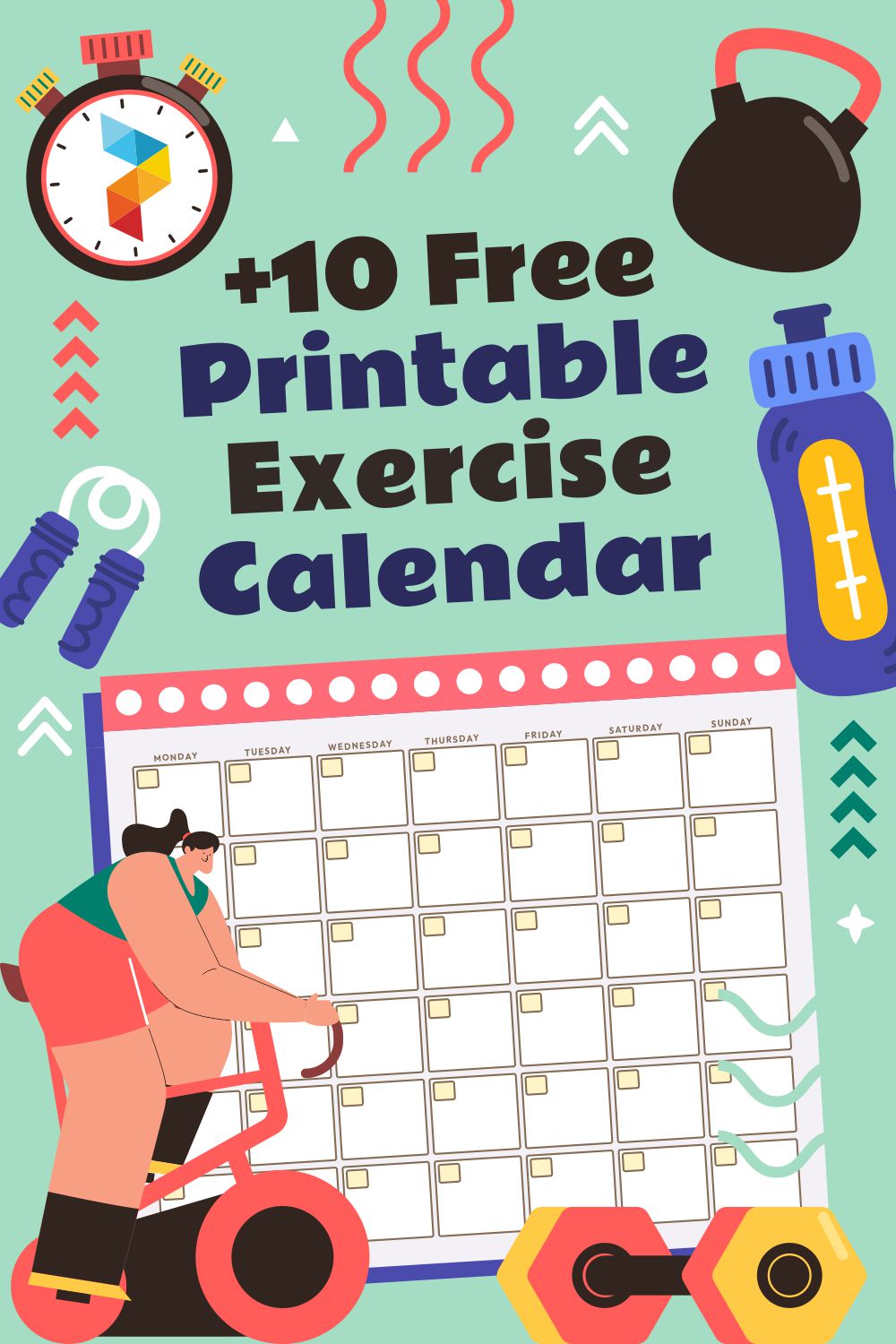
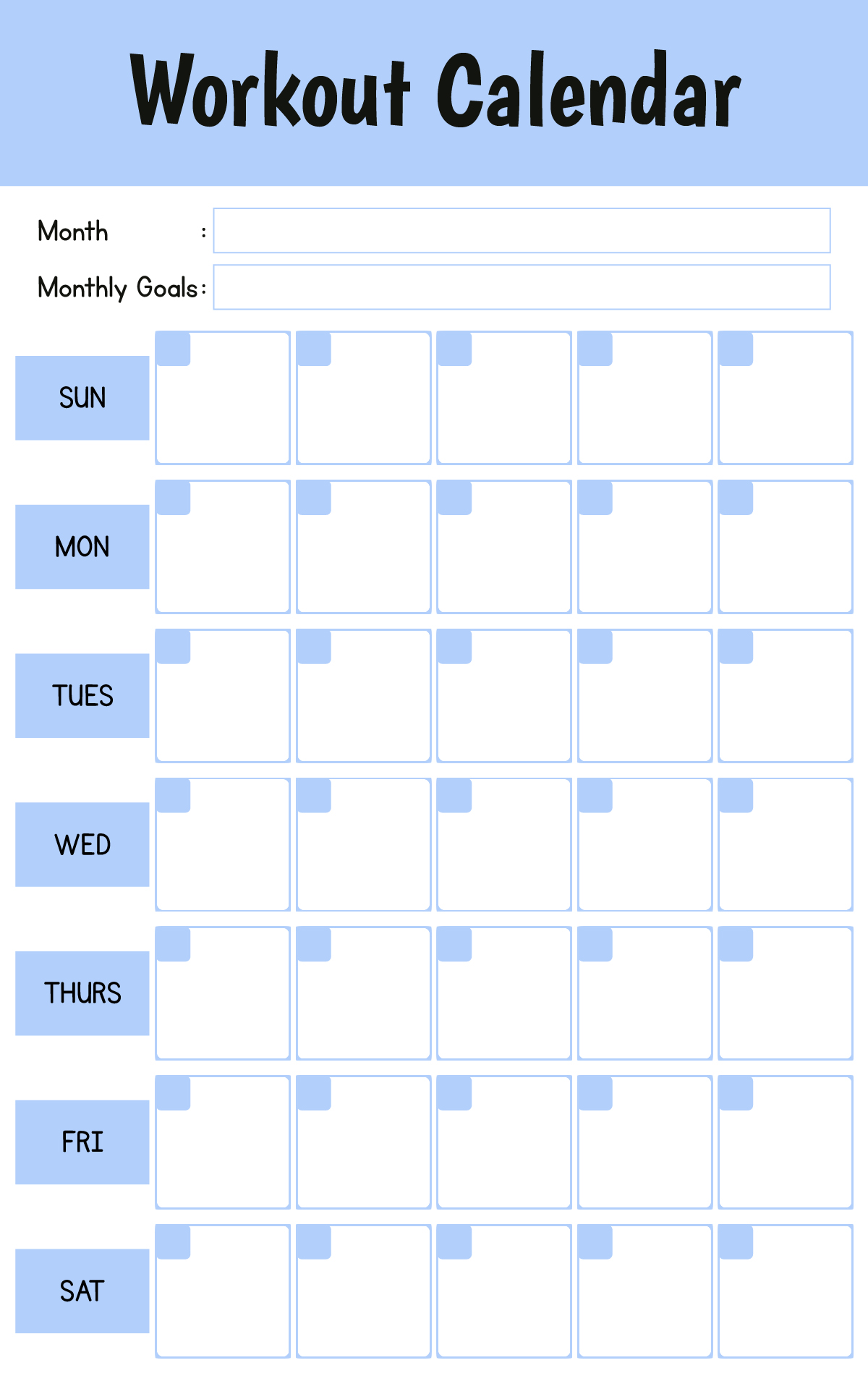
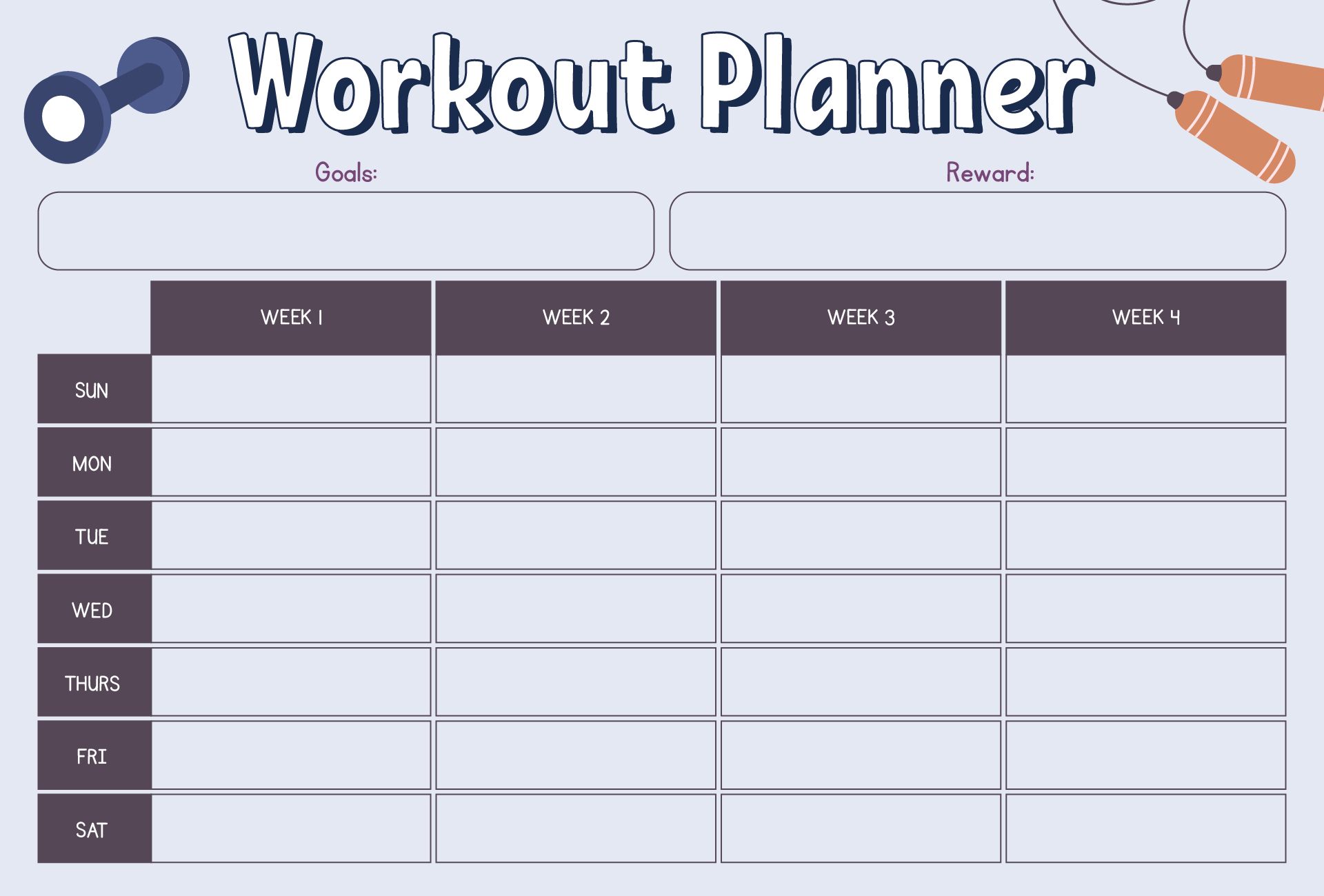
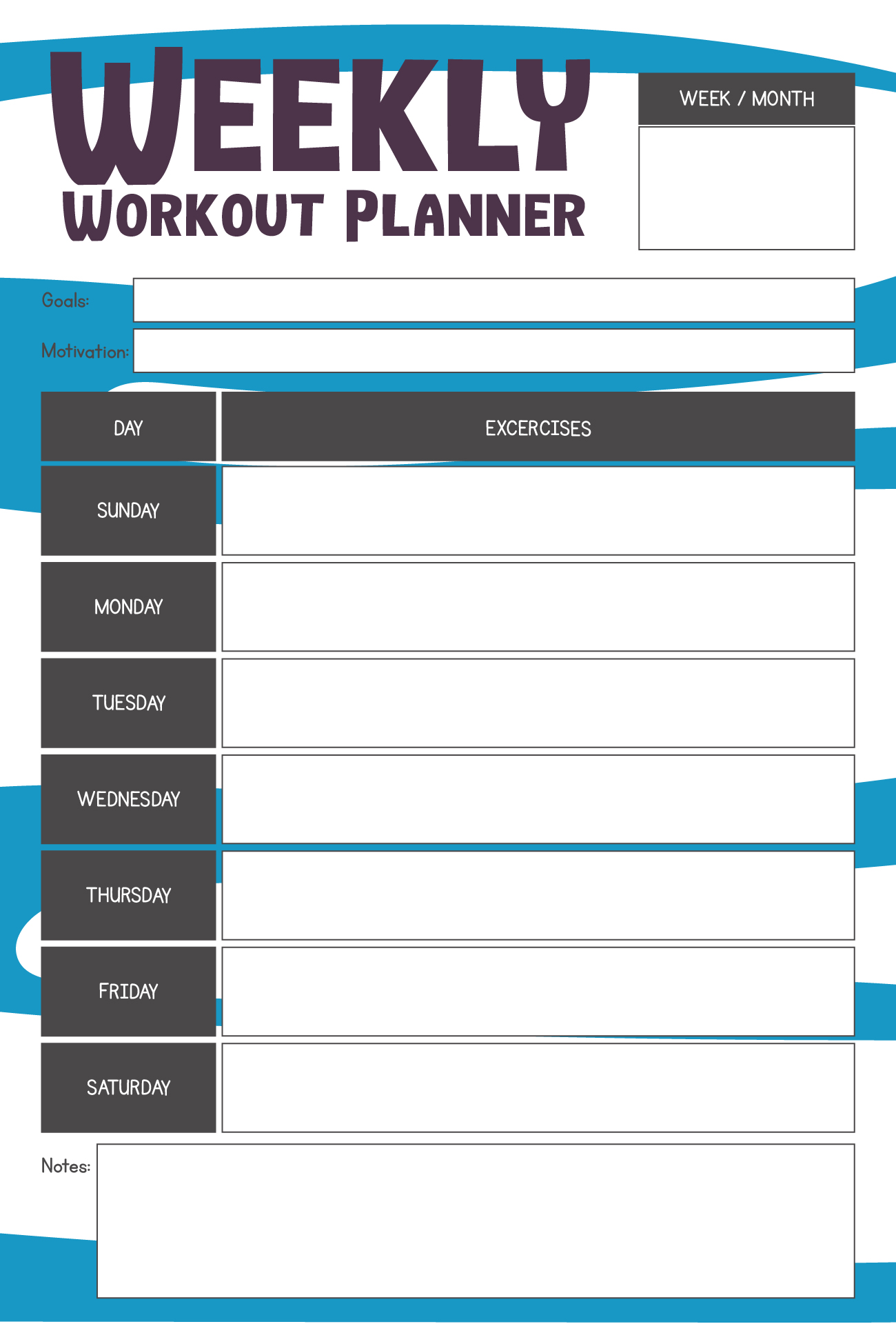
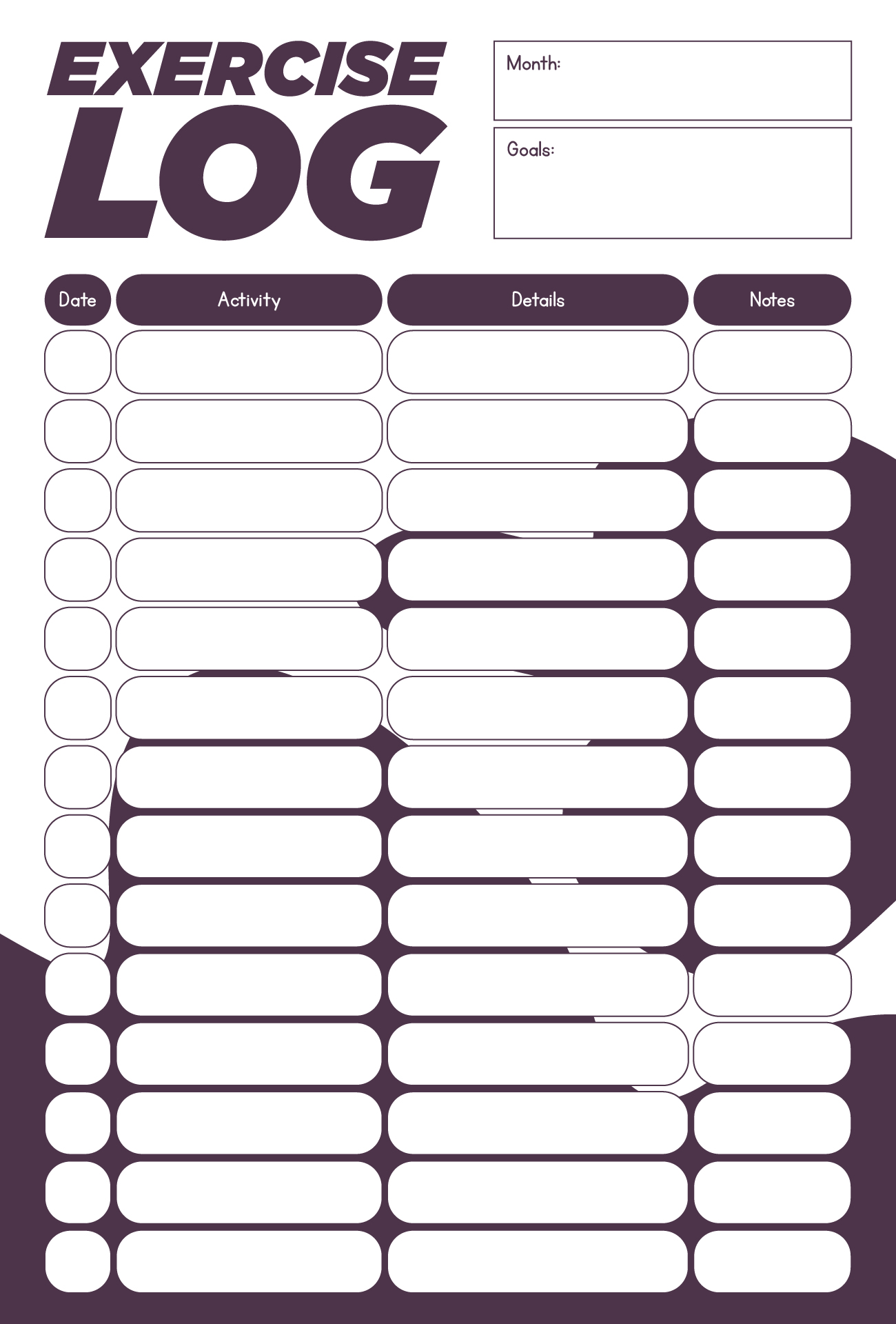
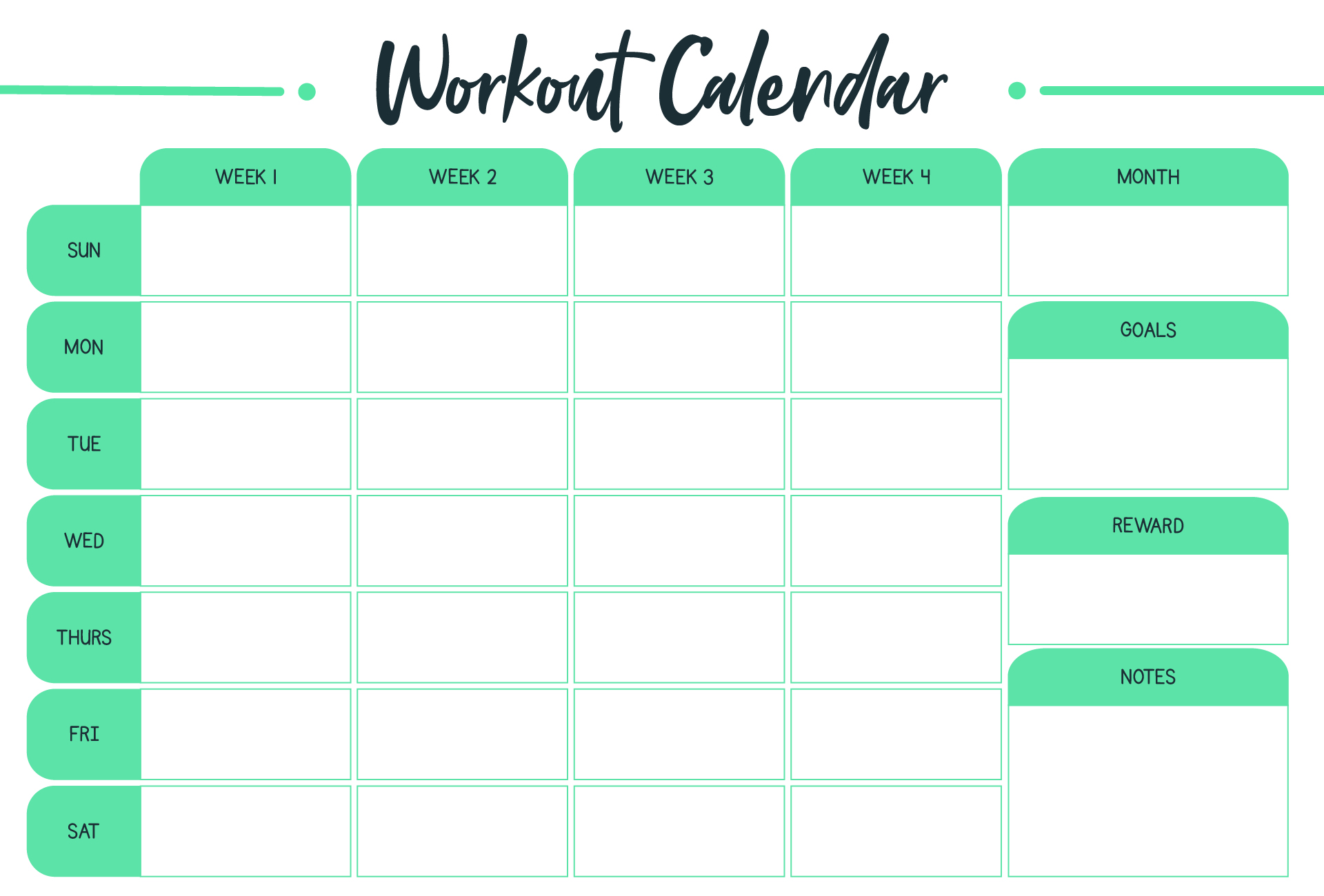
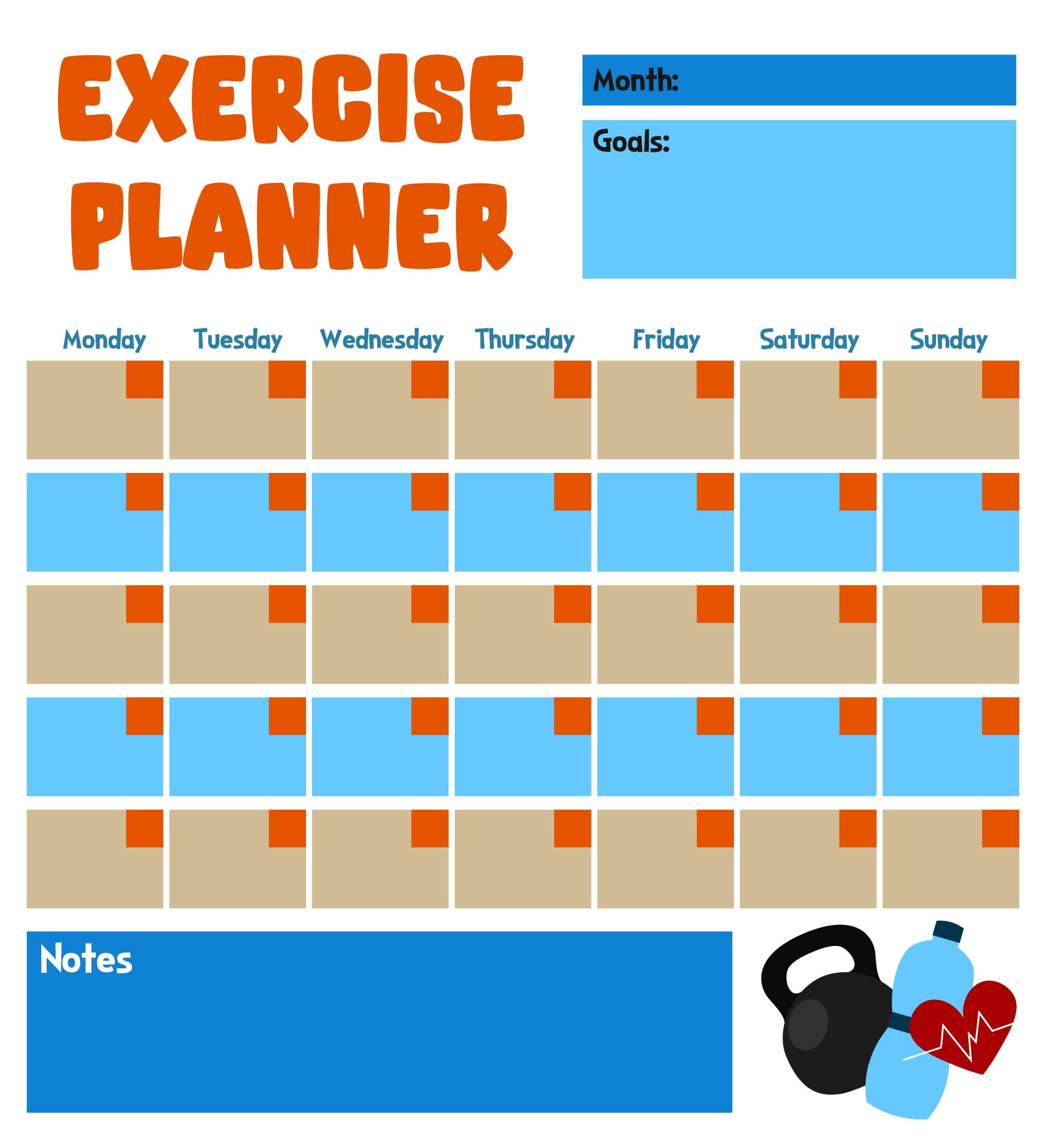
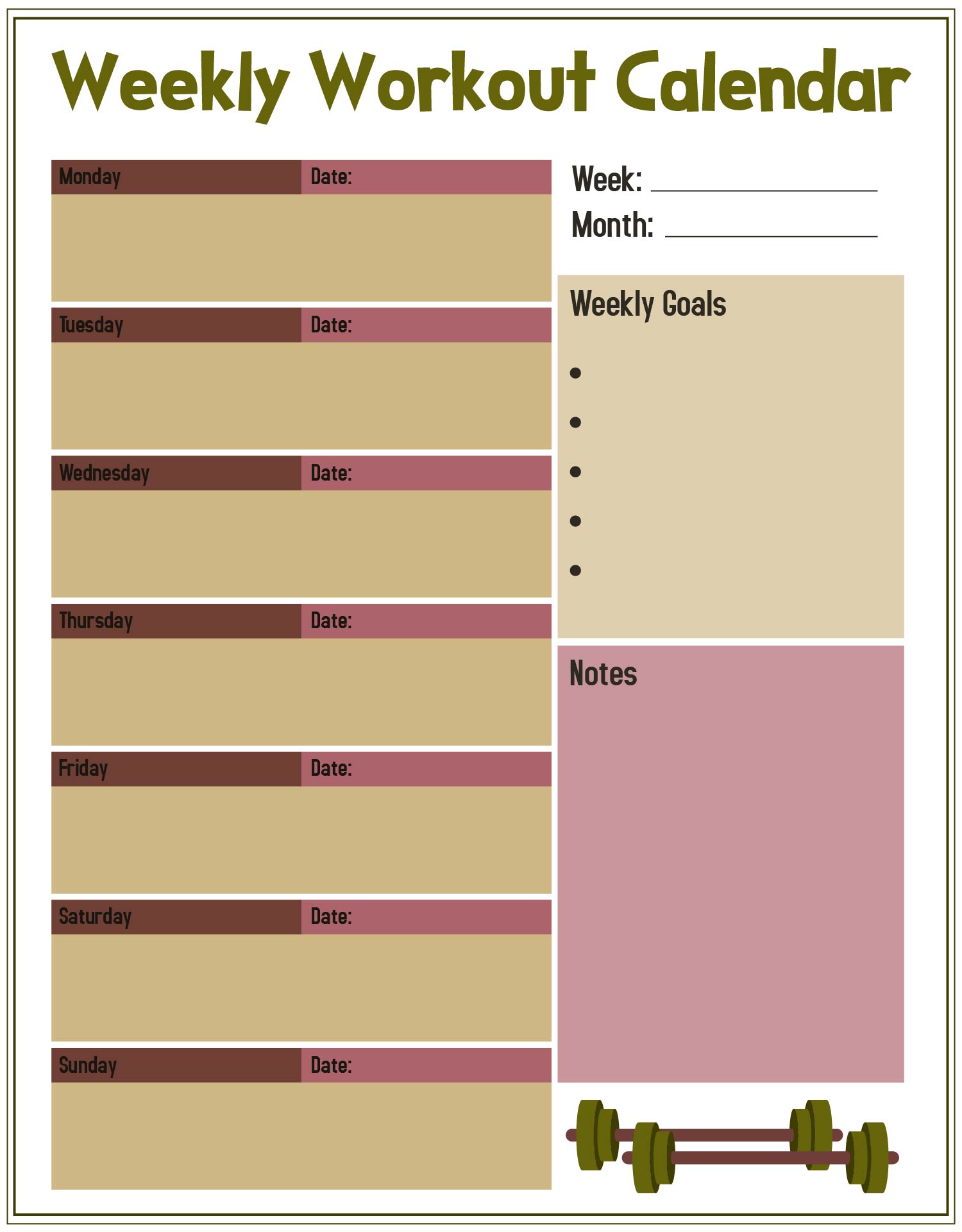
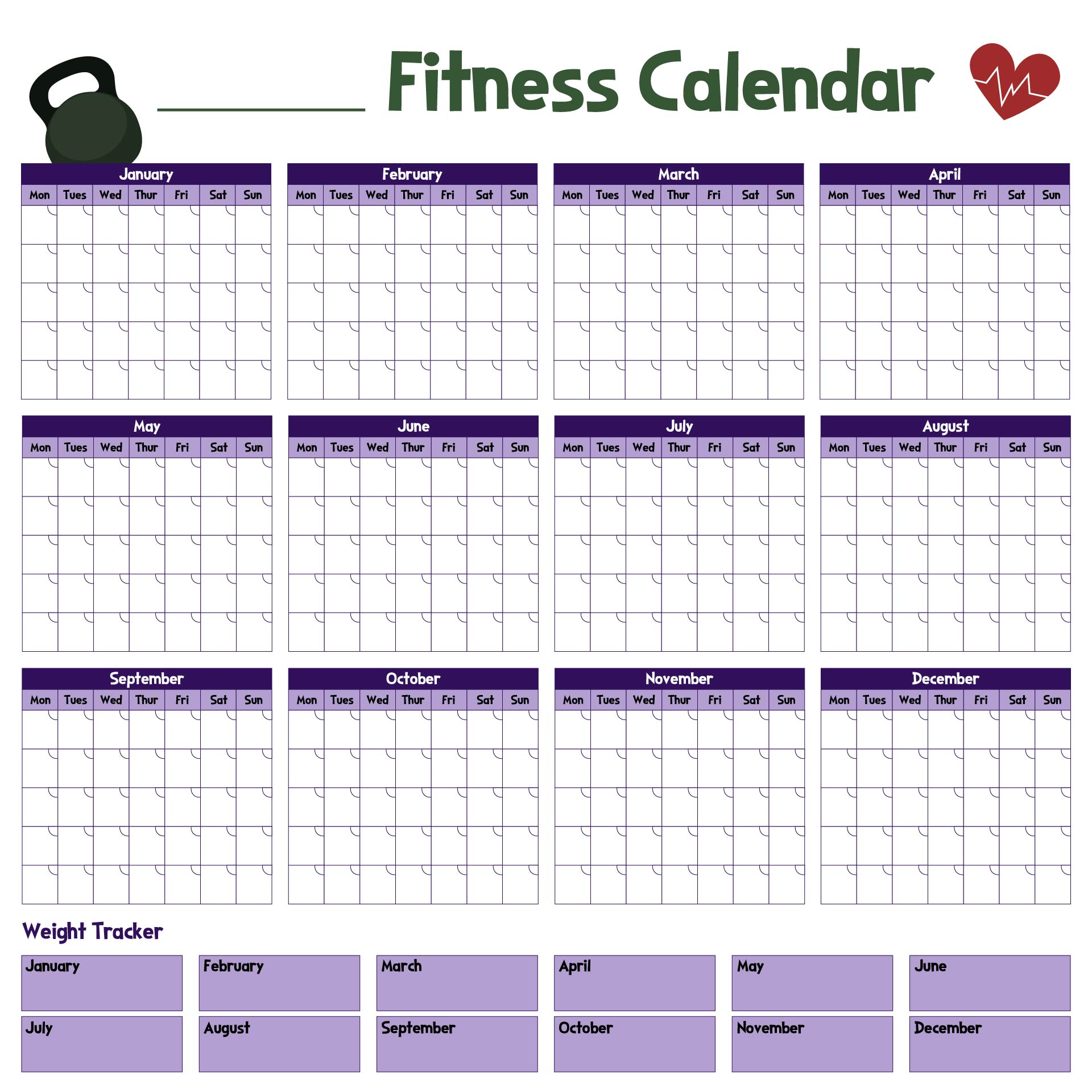
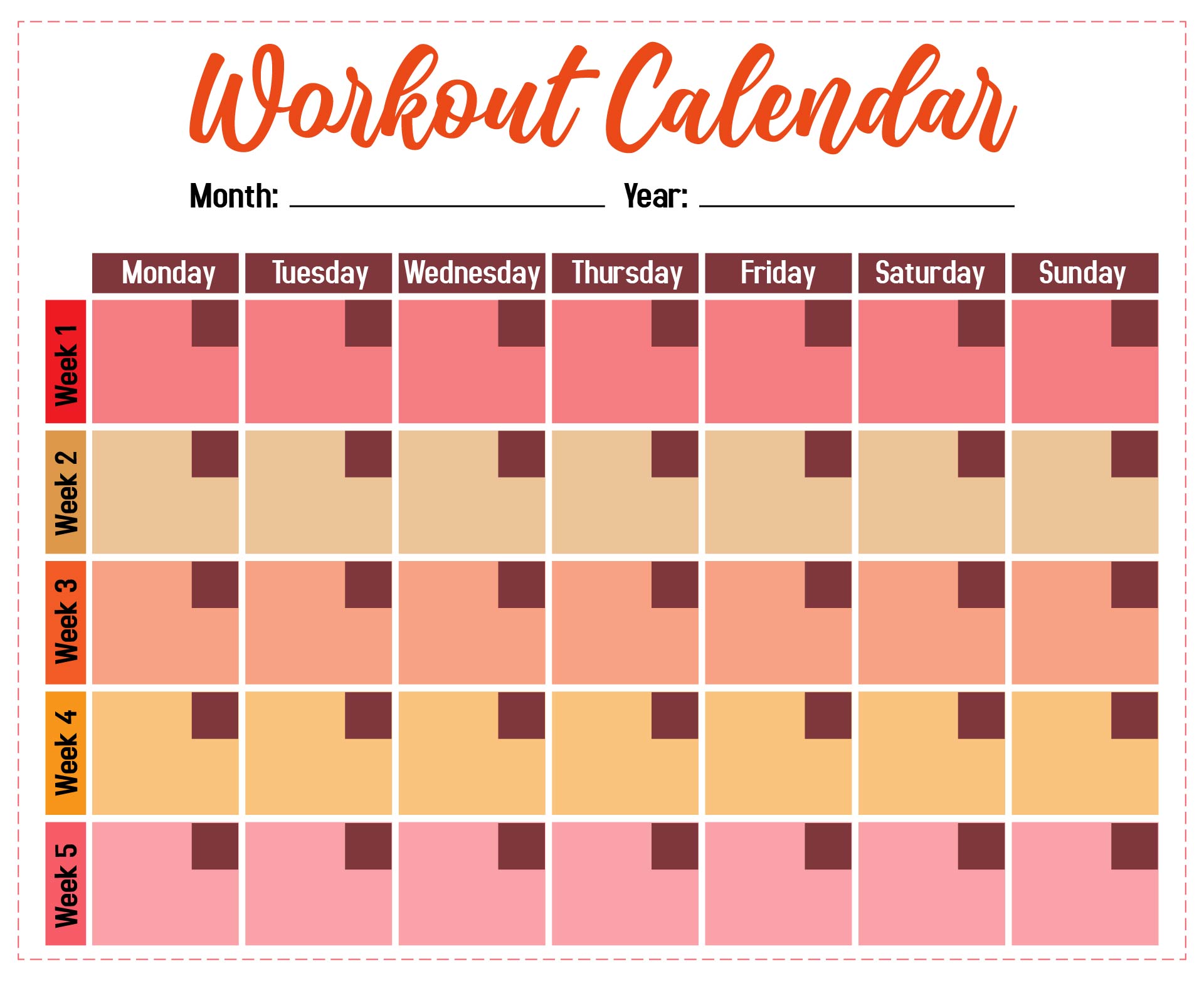
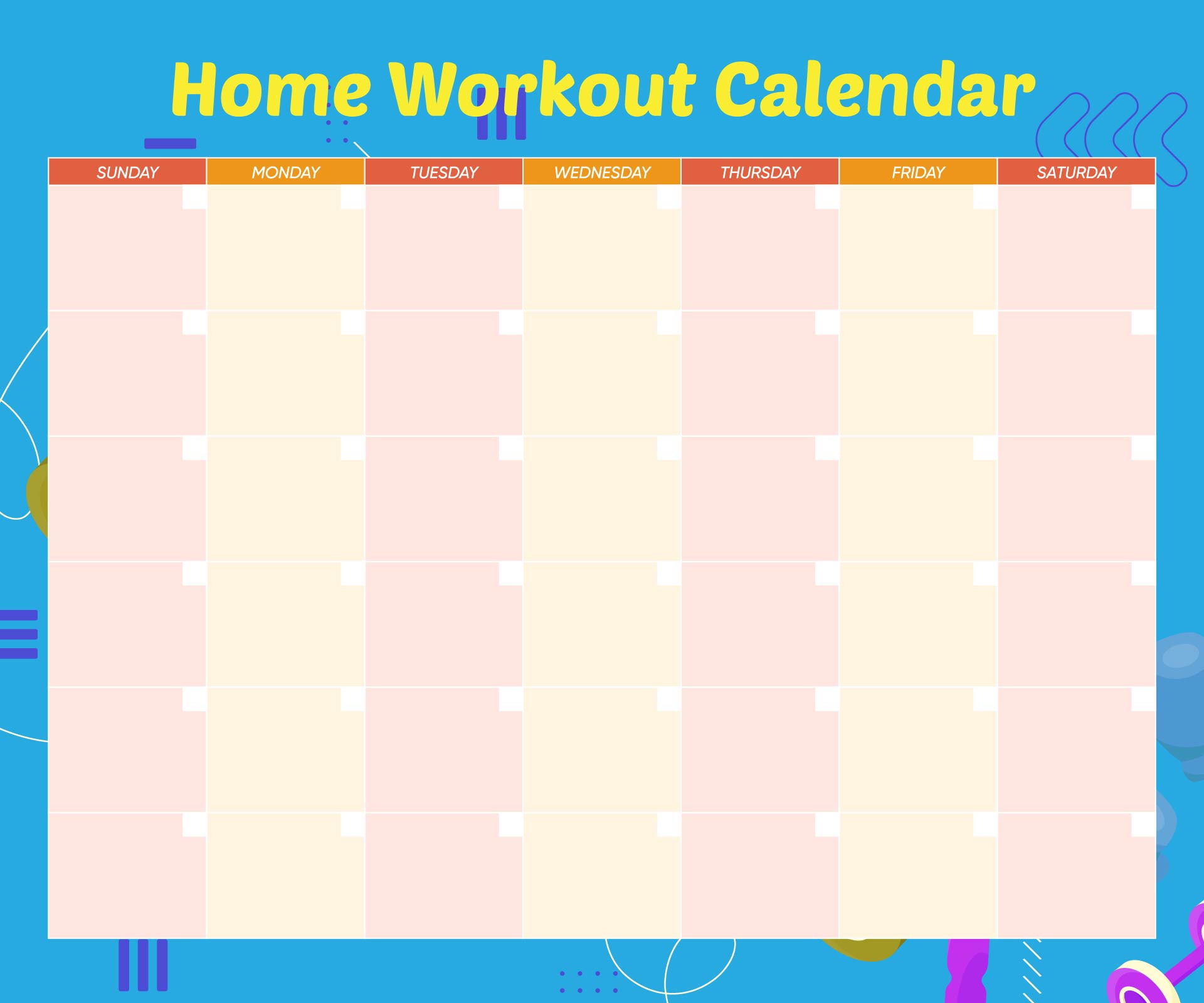
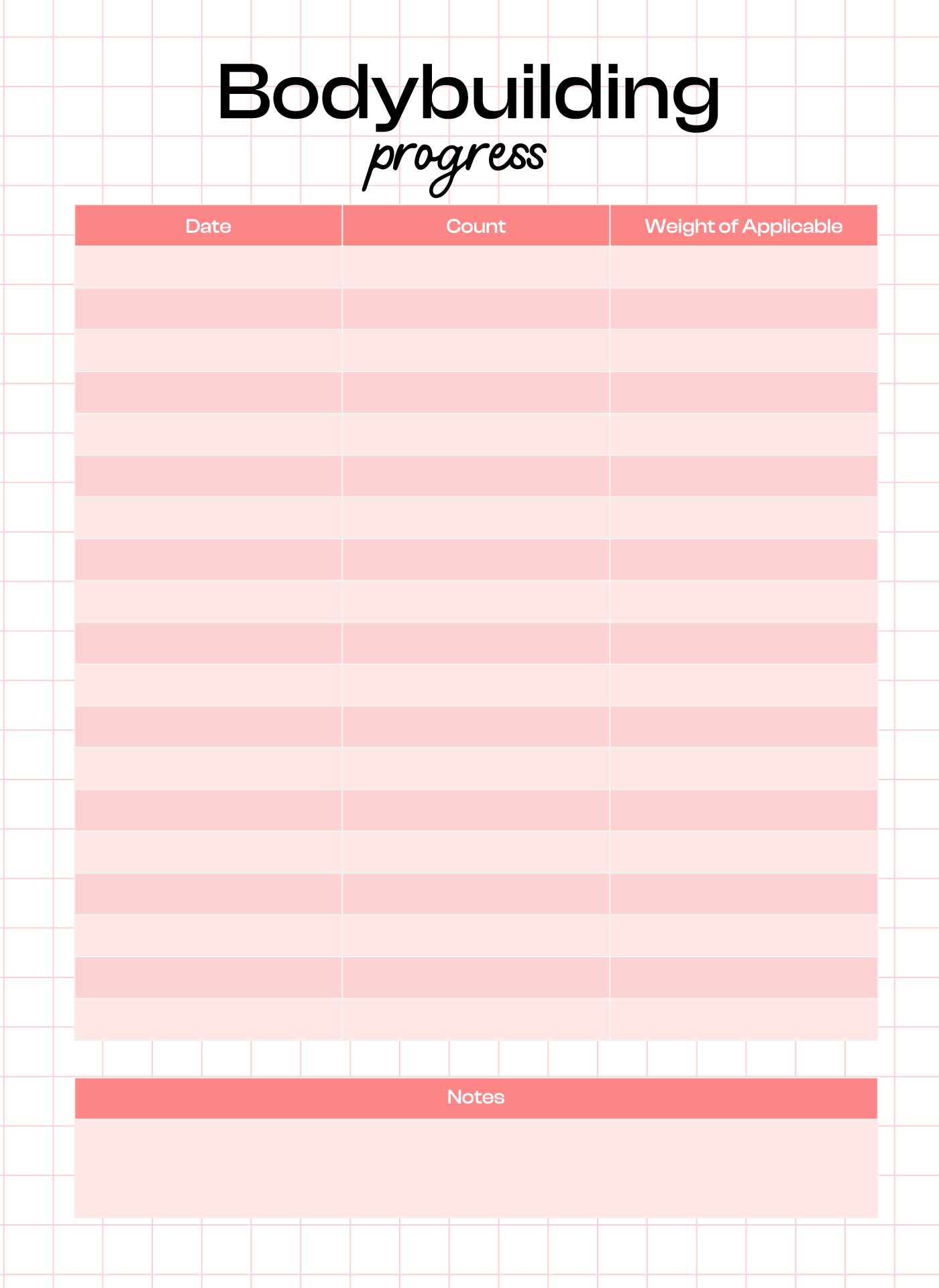
Have something to tell us?
Recent Comments